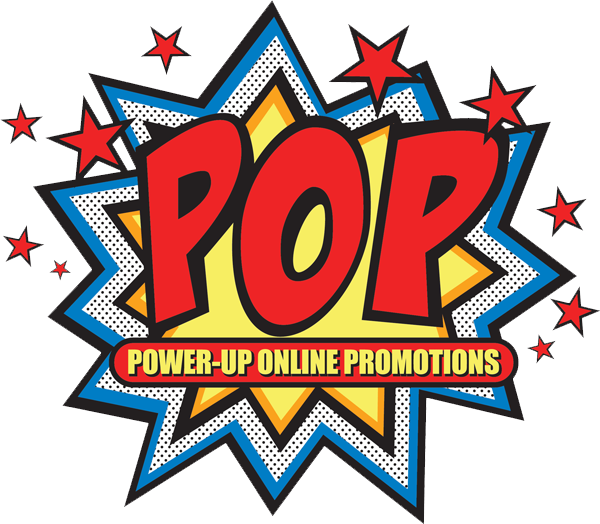Telling your story is kind of my thing.
In my previous life, I was a sketch comedian. I performed improv comedy and wrote and performed sketch comedy. It was fun and creative but not very lucrative.
But this isn’t my story. It’s Saint Patrick’s. Well, kind of. And that’s the point.
One silly sketch that I wrote was about Saint Patrick. In it, Saint Patrick arrived in heaven and learned that back on earth, he’d been sainted. He was understandably pretty excited about this. And only more so when he found out that he even had a holiday…until he found out how most people celebrated it.
As a pious fellow, St. Patrick hadn’t envisioned or approved of the drunk rabble-rousing that was done in his name. And though he is the patron Saint of Ireland, and the day is looked at with solemnity, and as a chance to spend time with family for some, for many, the story of St. Patrick was unknown.
It was a silly little sketch, and admittedly not one of my best, but it serves as a parable for one of the lessons I teach. You see, considering his state (that is, being deceased), Saint Patrick couldn’t tell his story.
And as I mentioned in the blog, I wrote on National Pitbull Awareness Day if you’re not telling your story, then someone else’s. You, however, dear reader, are not deceased at the time of your reading this, so if you’re not telling your story, what’s your excuse?
Social Media and Telling Your Story
In the age of social media, it’s never been easier to tell your story. I remember once when I told someone I was I I was a writer in my 20s; they asked if I wrote a blog. Ironically, considering my current line of work, my response was, “No, I haven’t reached that level of narcissism yet.” Ouch.
In fairness, at the time, everyone and their brother who was writing a blog was writing into that their daily life. Blogging had not yet been envisioned as a way to support a business, or at least it hadn’t spread as a common concept yet, to my knowledge.
And though the social media age has been blamed for many things, including creating a generation of narcissists, fairly or not, It’s done so by making telling your story easier. And like any tool, it can be used for good or for ill.
For your business, you can use it to put your best foot forward.
Telling Your Story Stories, Big and Small
When I say telling your story, I mean a lot of things. In the large sense of the word, it’s spreading awareness about your brand, your values, and who you are as a company. Telling your story is your way to set yourself apart from the competitors and help the people who would be the best fit for you learn that they are the best fit for you.
Though people have certainly used it dishonestly, the best use of social media and any marketing is with integrity. There’s no reason to try to get business that will, in the end, not be a good fit for you. You don’t want to catfish your customers.
Your website and your blog are great ways to get deep into what it is that matters to you. It’s also a great place to give your potential customers helpful information (much like I’m doing here.)
But Who Are You?
Of course, before you can tell people who you are, you need to understand that yourself. In life, that’s what Joseph Campbell calls the heroes journey, and it can take a lifetime.
Business needs to move a little quicker, so we call it the mission statement.
If you have yet to take the time to figure out who your company is and what your values are, it’s a wise decision to take some time to do that. Branding is one of the services I offer my customers, and I have a questionnaire that helps me to help them pinpoint it.
The Smaller Stories
Once you understand who you are, what your brand is, and your tone, it makes it easier to run your company’s day-to-day storytelling and marketing and, not incidentally, the business as a whole.
Social media should be social, but there are many ways to be social, just as there are many ways to throw a party. There are barbecues, pool parties, dinner parties, dates formal and informal occasions.
And social media, there are different ways to speak directly to your audience formally and informally, playfully or seriously, kindly or sarcastically. Once you know your tone and big story, you’ll understand what little stories to share.
I encourage companies to share how they’ve made a difference in their clients’ lives. But I also love a good funny story. And remember that a picture tells 1000 words.
If You’re Not Telling Your Story, Someone Else Is
What happens to Saint Patrick is someone else started telling his story to suit their narrative, or perhaps more accurately, left him out of it in favor of a more fun time.
It’s not that the people who celebrate have anything against Saint Patrick. They’re just having fun with their friends.
And the same can be true of people telling the wrong story about you and your company.
If you’re not clear about who you are, people will make assumptions, and they’ll often be wrong.
And sometimes, the people who tell your story loudest are your least satisfied customers or, perhaps worse, your competitors.
So figure out what your story is. And don’t worry if you think it’s not exciting enough to tell. It’s yours. And the most important thing is that it’s authentic.
And like every biopic, no one expects you to tell all the most boring details. They want the point, and they want the sizzle.
Now you may not be the world’s most talented storyteller, but you don’t have to be. That’s what marketers are for.
I would love to be the one telling your story.





